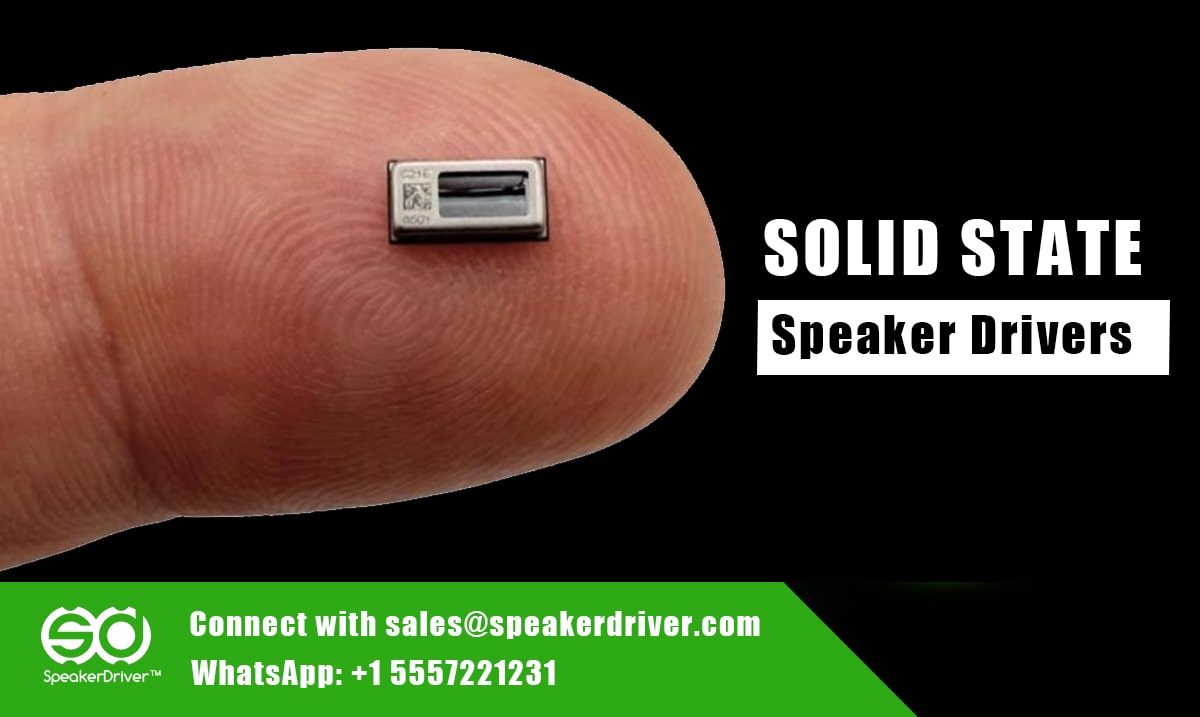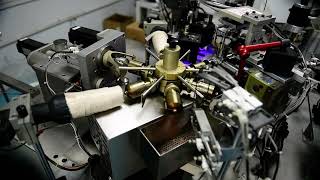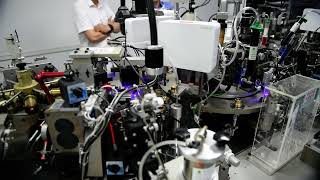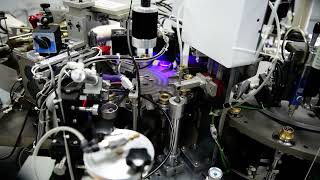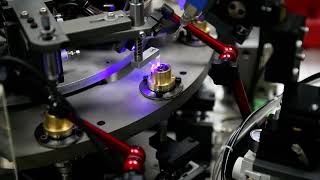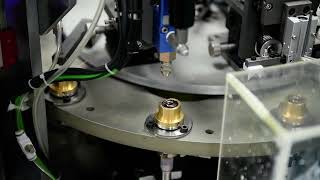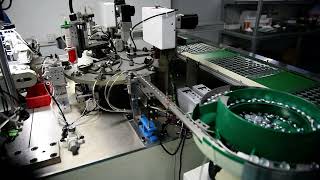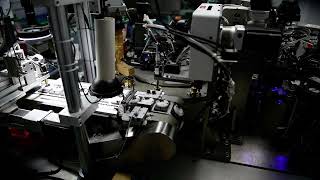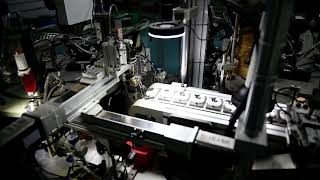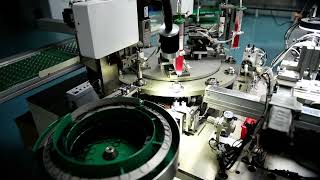Solid-State Speaker Drivers and Their Applications (MEMS Speakers)
Solid-state speaker drivers, commonly known as MEMS (Microelectromechanical Systems) speakers, represent a significant shift from traditional sound reproduction technologies. These compact, silicon-based speakers use semiconductor fabrication techniques, enabling ultra-miniaturized sound devices with distinct performance benefits in specific use cases.
MEMS Speaker Drivers
-
MEMS (Microelectromechanical Systems) Drivers:
MEMS speakers utilize etched silicon wafers with moving diaphragms that vibrate through piezoelectric or electrostatic forces. These movements generate sound waves in an exceptionally compact form factor, allowing integration in ultra-slim electronic devices.
- Mechanism: Uses microfabricated diaphragms activated by piezoelectric or electrostatic forces on silicon substrates to generate sound.
- Characteristics:
- Form Factor: Extremely compact, often under 1mm thick, suitable for wearables and micro-devices.
- Sound Profile: Clear mid and high-frequency response with fast transient accuracy, though generally lacking in deep bass.
- Power Efficiency: Highly energy-efficient and suitable for always-on voice assistants or IoT applications.
- Consideration: Limited loudness and low-frequency output compared to conventional dynamic drivers. Best used in voice-centric or space-constrained applications.
Applications of MEMS Speakers
- Wearable Technology: Ideal for smartwatches, fitness trackers, and hearables due to their thin profile and minimal power draw.
- True Wireless Stereo (TWS) Earbuds: Enables smaller earbud form factors while supporting high-fidelity voice output and notifications.
- IoT and Smart Devices: Integrates seamlessly into smart home sensors, appliances, and AI assistants for voice prompts and alerts.
- Medical Devices: Used in hearing aids and diagnostic tools where space and power limitations are critical.
- Consumer Electronics: Smartphones and tablets may use MEMS tweeters for enhanced voice clarity and stereo separation.
Comparison with Traditional Drivers
| Feature | MEMS Speakers | Traditional Dynamic Drivers |
|---|---|---|
| Size | Ultra-compact (sub-millimeter thickness) | Larger, typically 8mm–16mm in earbuds |
| Sound Profile | Clear mids/highs, less bass | Fuller bass response, warmer tone |
| Power Efficiency | Very efficient, low voltage requirement | Moderate power requirement |
| Durability | Highly durable due to solid-state construction | Mechanical components prone to wear |
| Application | Wearables, IoT, TWS, medical devices | General-purpose audio in consumer electronics |
| Cost | High initial R&D, decreasing with mass production | Economical and mature manufacturing |
Conclusion
MEMS speakers mark a leap forward in miniaturized sound technology, offering power efficiency and space-saving advantages for next-gen devices. While they may not replace traditional drivers for audiophile-level music playback, their unique properties make them ideal for the fast-growing wearables, IoT, and smart assistant markets.
For cutting-edge MEMS speaker solutions, SPEAKER DRIVER™️ offers reliable, compact components for futuristic applications in sound technology.
